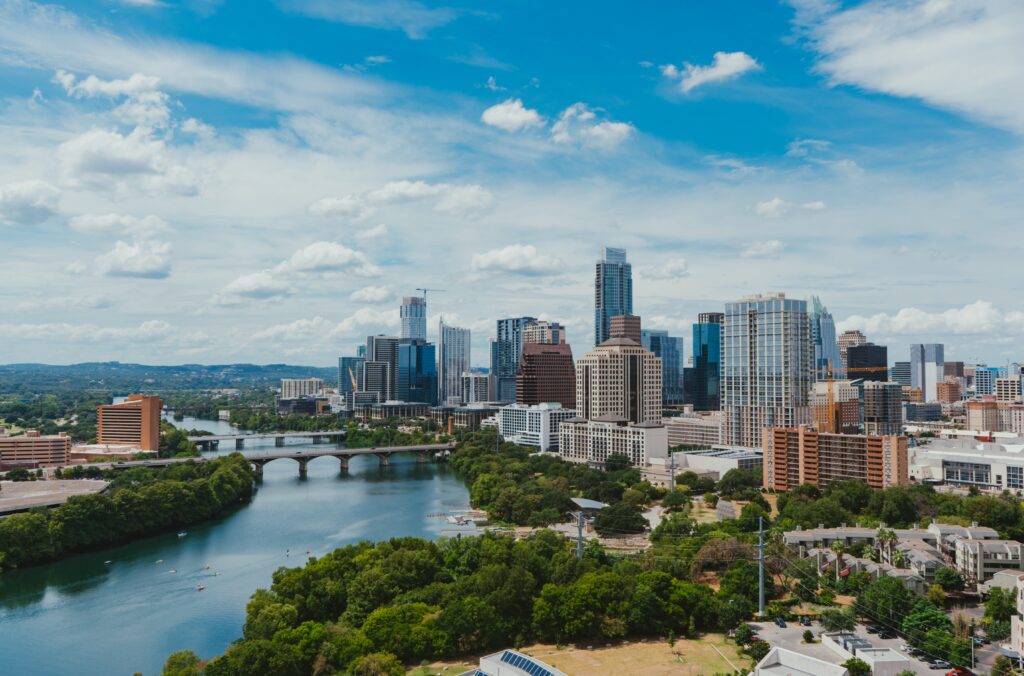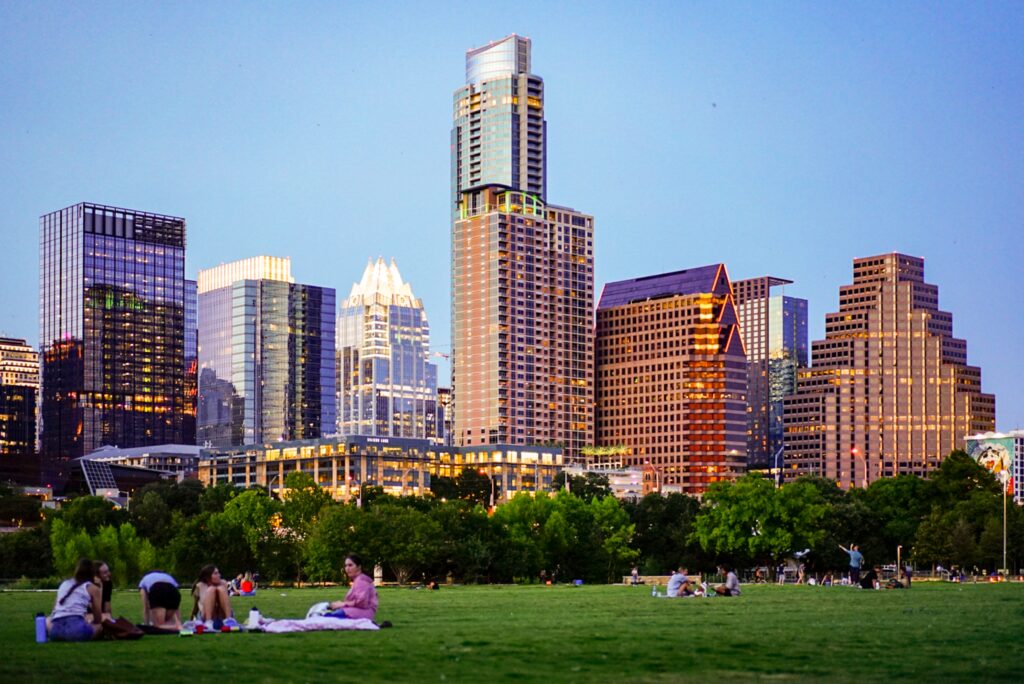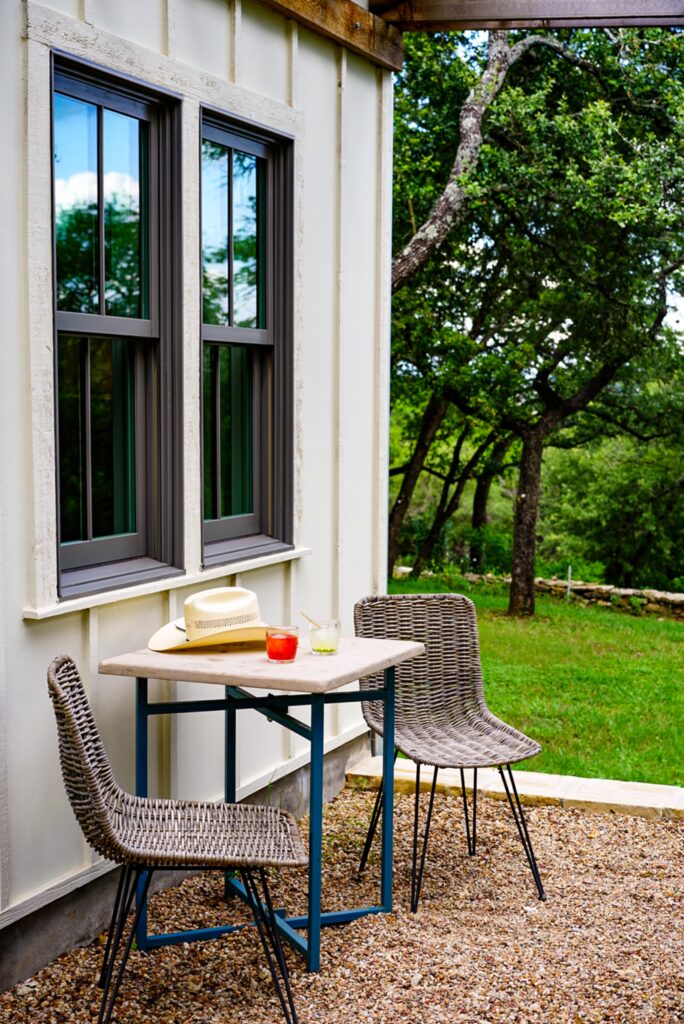We help short term rental investors earn more and work less.




The Austin Short-term Rental Market is RED HOT! Here’s Why You Should Invest Now
If you’re wondering how you can jump into the city’s real estate boom, consider investing in Austin short-term rentals now.
Early in the year, the city of Austin was already forecast to be the hottest housing market in 2021. And halfway through the year, it’s apparent the Texan capital had already warmed up to the prospect. The market is too hot, in fact, that homes are going for $850,000 above asking and getting 96 offers in one weekend!
Austin topped 5 other US cities that were projected to outperform the national real estate market in 2021. Zillow cited the following factors that make Austin a “migration magnet” for new residents this year:
> record low mortgage rates
> a booming economy
> large, family-sized, (relatively) affordable homes; and
> sunny weather.
If you’re wondering how you can jump into the city’s real estate boom, consider investing in Austin short-term rentals now.

Short-term Rentals in Austin, Texas
People are flocking in by the droves, the population is swelling, and investments are at an all-time high. As you can expect, visitors and would-be residents are looking for furnished short-term rentals of every shape, size, and value.
It’s a great time to get a piece of the real estate pie because profitability is high.
According to Mashvisor, the return on investment for Austin rentals exceeds the cap rate and cash-on-cash return in many other prime investment locations across the US.
Investing in Austin short-term rentals generates an average income of $3,430 and a cap rate of 3.0%. That’s only the city-wide average; higher rates can be found in the best neighborhoods of Austin.
The data analysis company also says furnished short-term rentals will be more profitable than traditional ones, based on their study of return on investment data.
The Driving Forces Behind the Austin Short-term Rental Market
So what exactly is driving this strong demand?
1. The population is surging.
The Austin-Roundrock metropolis is home to almost 2.2 million people. Located in Travis County, the city had already been #1 in population growth for the past decade.
It’s been estimated that 100 people move to the city every single day. But from mid-2019 to mid-2020 alone, Austin opened the door to more than 67,000 new residents. That’s around 180 migrants per day!
This burgeoning population grew even faster during the pandemic. Buyers and renters from California moved to Texas in 2020, with Austin receiving as much as 18% of the people fleeing San Francisco in the last quarter of the year.
A huge chunk of them is composed of young professionals whose tech jobs allow them to work remotely. In search of more affordable and livable places, they realize that the huge sums they had been spending on rent or mortgage in cities like New York and San Francisco can afford bigger spaces and more conveniences in Austin.
The city’s population jumped over 3% at the end of 2020, making it the 11th most populated city in the country today. It’s also the 2nd most populated capital city in the country next only to Phoenix.

2. The job market is booming.
The New York Times says Austin has bucked the pandemic and now has the hottest job market in the country. According to non-profit organization Austin Chamber, Metro Austin’s mere 2.5% decline in jobs from September 2019 to September 2020 made it the best-performing city among the country’s biggest metro areas in response to Covid-19.
Metro Austin has also reportedly regained 96% of last year’s pandemic-related job losses. Some 77% of the leisure and hospitality jobs lost in March and April of 2020 have already returned.
The employment growth rate rose 2.86% year-over-year, with median household incomes increasing by 4.23% in the same time period. Unemployment is down to 5.4% — almost a full point below the national average of 6.3%.
Meanwhile, the city is abuzz with record-breaking numbers of new opportunities.
3. It’s the new “Silicon Valley”.
Some 35 newly located companies announced 9,790 new jobs created in late 2020, many of them in the tech industry.
The city is already home to huge companies like Whole Foods, 3M, AT&T, Facebook, Google, eBay, and Vrbo. But it has also become a new hub for tech companies, big and small.
The following tech giants have moved their headquarters or are expanding in Austin, earning the city the nickname ‘Silicon Hills’:
- Apple, which is opening its massive corporate campus, designed to attract 15,000 jobs
- Tesla Motors’ largest assembly plant or “Gigafactory”, announcing 30,000 jobs that need filling
- Samsung
- Paypal
- Charles Schwab
- Oracle

Other industries keeping the city’s economy strong are fintech, manufacturing, health care, biotech, and pharmaceutical industries.
This ever-growing job market is attracting a well-educated and highly paid workforce that can afford more expensive products and services, and are very willing to pay.
Austin’s median family income for 2021 is $98,900. That’s good news for property owners because it means they can charge higher for rent.
4. Livability is excellent.
Owing to its good food, great music, and laid-back culture, this sunny city has become a migration magnet of sorts — attracting Millennials and young families, in particular. Austin ranks among the top 5 cities in the US where Generation Y are moving.
In 2019 it welcomed some 5,686 Millennial migrants from out of state. Gen Y now make up 31.3% of Austin’s population, epitomizing the city’s slogan, “Keep Austin Weird” — which is reflective of Austin’s young, creative vibe.
For 3 consecutive years starting in 2016, the US News and World Report ranked Austin the No. 1 best place to live based on affordability, job prospects, and quality of life.
Niche.com gave it an “A” grade for its diversity, good public schools, suitability for families, and its plethora of restaurants, bars, coffee shops, and parks. The city sits in Central Texas and is surrounded by lakes, rivers, and the great outdoors.

There are always interesting things to do and good places to see in Austin: live music festivals, tech shows, motor sports, Hill Country wine tastings, nightlife, shopping, arts, and outdoor sports.
To top it all off, Texas charges no personal income tax and no real estate tax at the state level, making life easier and more desirable for both working, retiring, and investing.
5. Rental vacancies are down.
Rental vacancies are 3% in Austin, less than half the national average. Because the housing demand far outweighs the inventory, what few rental properties are available are quickly being lapped up.
6. Home sales and prices are soaring.
Austin’s housing market has been growing rapidly for years, backed by a strong and quickly expanding economy.
Home prices in July 2021 were up 42% compared to last year, selling for a median price of $465,000 — well above pre-pandemic rates. And Zillow predicts they’ll rise by another 17.8% in the next year.
Home values have increased by 35.7% and the city now has the highest annual rates of appreciation among the 50 largest markets in the whole country.
Austin Short-term Rental Regulations
But before you consider investing in Austin Airbnbs, study the ordinance that was imposed by the city government a few years back. It puts limits and restrictions on occupancy, the distance between short-term rental units, and advertising efforts. City rules will also prohibit short-term renting of single-family homes and duplexes in residential areas by April 2022.

What you could do is invest in single or multi-family homes in non-residential areas with no Airbnb restrictions. Alternatively, you could buy a duplex, live in one of the units, and rent out the other. These could be the most viable investment strategies you could use for short-term rental investing.
Visit www.austintexas.gov/str to keep updated on rules and requirements for operating Airbnbs there.
Read also: Your Quick, 4-step Guide to Short-term Rental Regulations in Austin, Tx
Conclusion
Many analysts project the Austin real estate market to remain strong, with or without Covid-19. The population, local economy, and other demographic and geographic factors all contribute to make the Texan capital a safe and profitable city to invest in short-term rentals.
If you’re thinking of capitalizing on the post-pandemic travel and relocation boom, Austin is the boom town for you. The market is on a growth spurt, and now is a great time to participate in it. Experts see it as a budding city with all the makings of the next Seattle, Portland, or San Francisco.
Allow us to help with your property management needs. Cohostit.com provides complete short-term property management services from marketing to cleaner scheduling, and from security to issue resolutions. Click here to book a call and see if you qualify.
